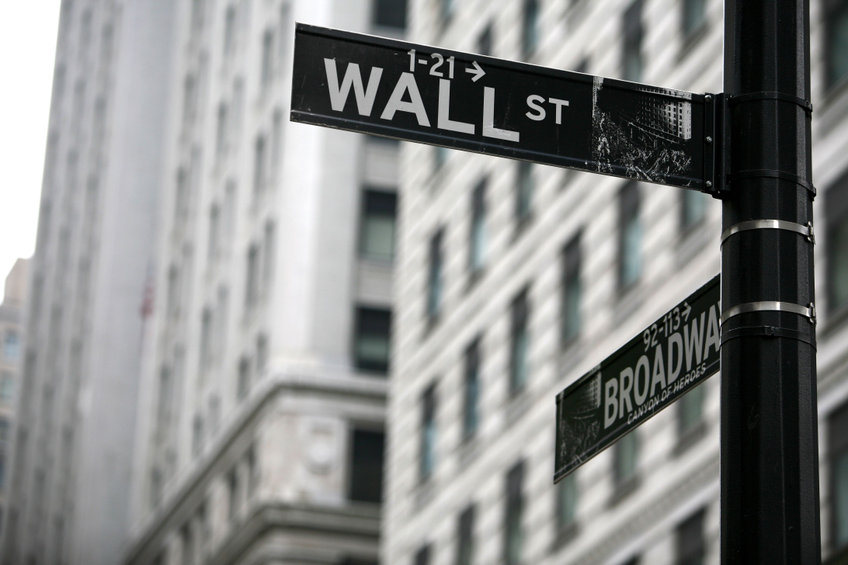February was not kind to the markets with volatility returning with a vengeance. The S&P 500 finished the month down (3.0)%, while the Nasdaq Composite finished (4.9)% and the Dow finished (3.5)%.
Last month we wrote: …. For these reasons, investors will do well to look for two things in equity markets this year: attractive relative valuations and the ability to generate earnings despite persistent headwinds.
What a month full of headwinds! February brought us the Winter Olympics from China with its own brand of drama, especially with the figure skating teams. Then we had several Fed Governors suggest future rate hikes are imminent, but they were inconsistent with their sense of how much and how many hikes we will see with some touting a ½ point hike in March and some touting a ¼ point hike. We also saw some of the highest inflationary numbers since the days of Jimmy Carter. If that was not enough to worry about, the Russians decided to proceed with their invasion of Ukraine which brings with it the massive uncertainties of various sanctions. Lastly, we are in a mid-term election year which brings its own set of uncertainties. As we have stated many times, the market does not like uncertainty.
There are many reasons to sell stocks, but there is only one reason to buy; because you believe that a company’s earnings will increase, and you believe people will pay more for those earnings in the future. Put another way, present value of future cash flows will cause the stock price to increase. That said, investors will do well to invest in companies with good cash flow, pricing power, and a management team that are exceptional capital allocators.
Will the Russia/Ukraine situation be harmful to those future cash flows? In some instances, yes, but for most U.S. based companies the impact will be nonexistent or de minimis. So, what will determine the direction of the stock market into the back half of the year? The Federal Reserve.
For the Fed the global risks created by the conflict in Ukraine is a kind of Catch-22 situation, where raising rates could exacerbate disruptions to growth, while standing pat could worsen inflation and pose a big threat to the economy. The central bank will need to tread carefully in the coming months and year, and the risk of a policy mistake has never been higher.
Check out my monthly MarketWatch blog at: http://wcmtexas.com/marketwatch
Have a question? Let me know! Email me at kcompton@wcmtexas.com.

Kelly Compton is the Williams Steinert Mask Chief Investment Officer and long-time author of Marketwatch

